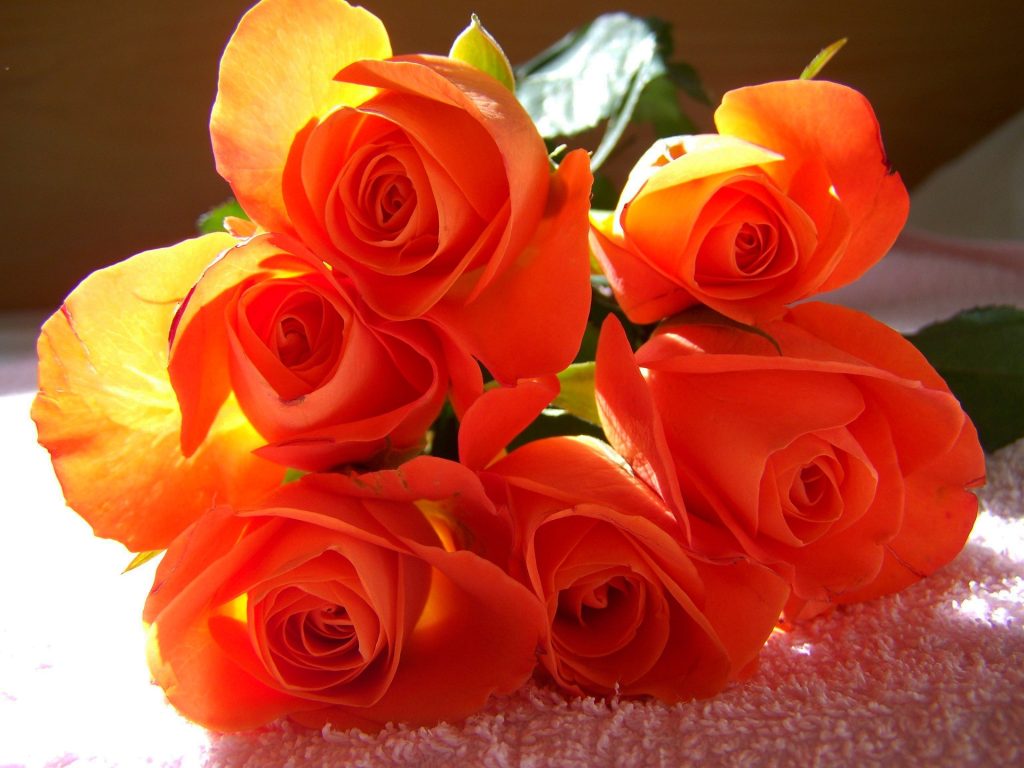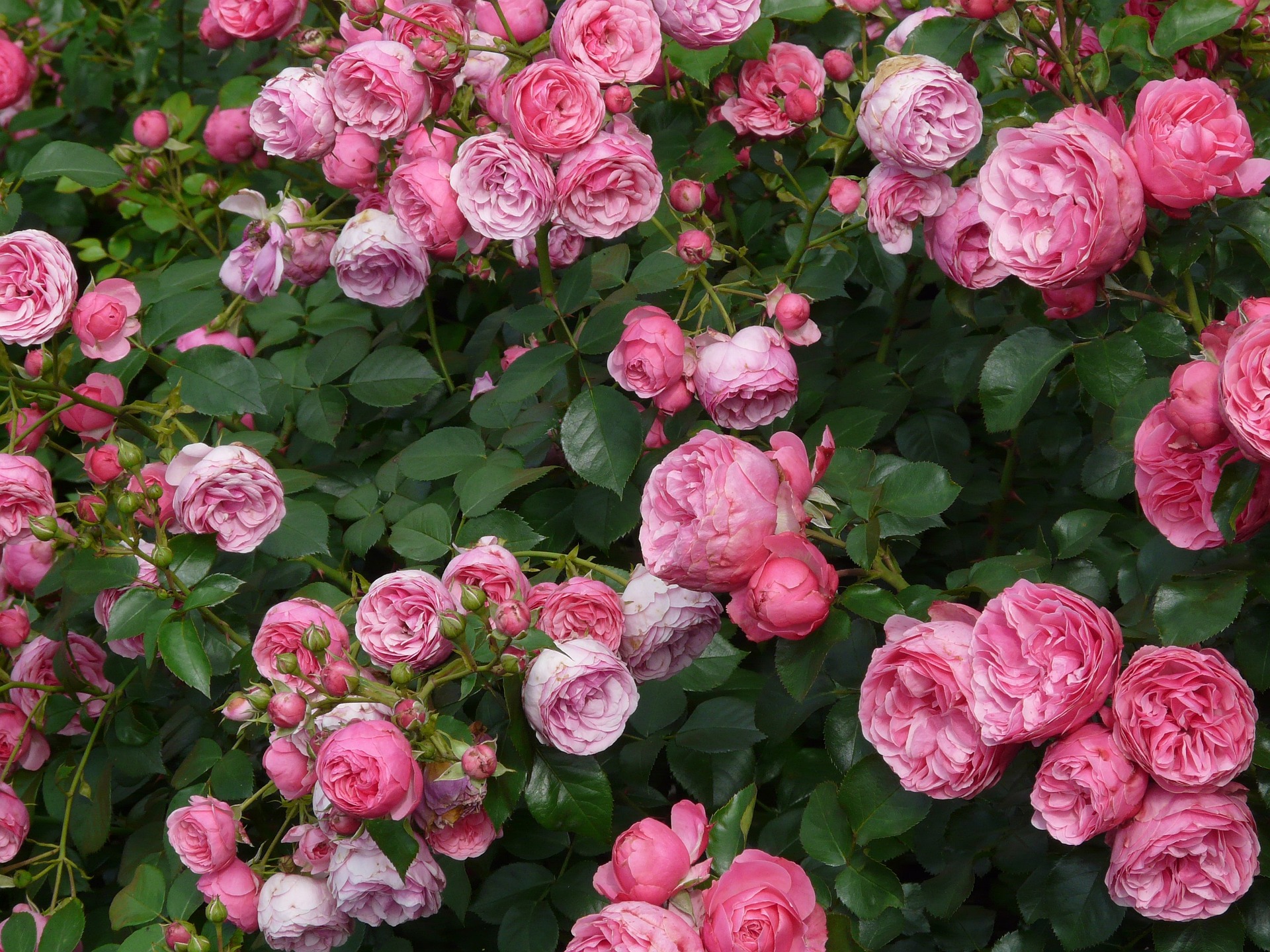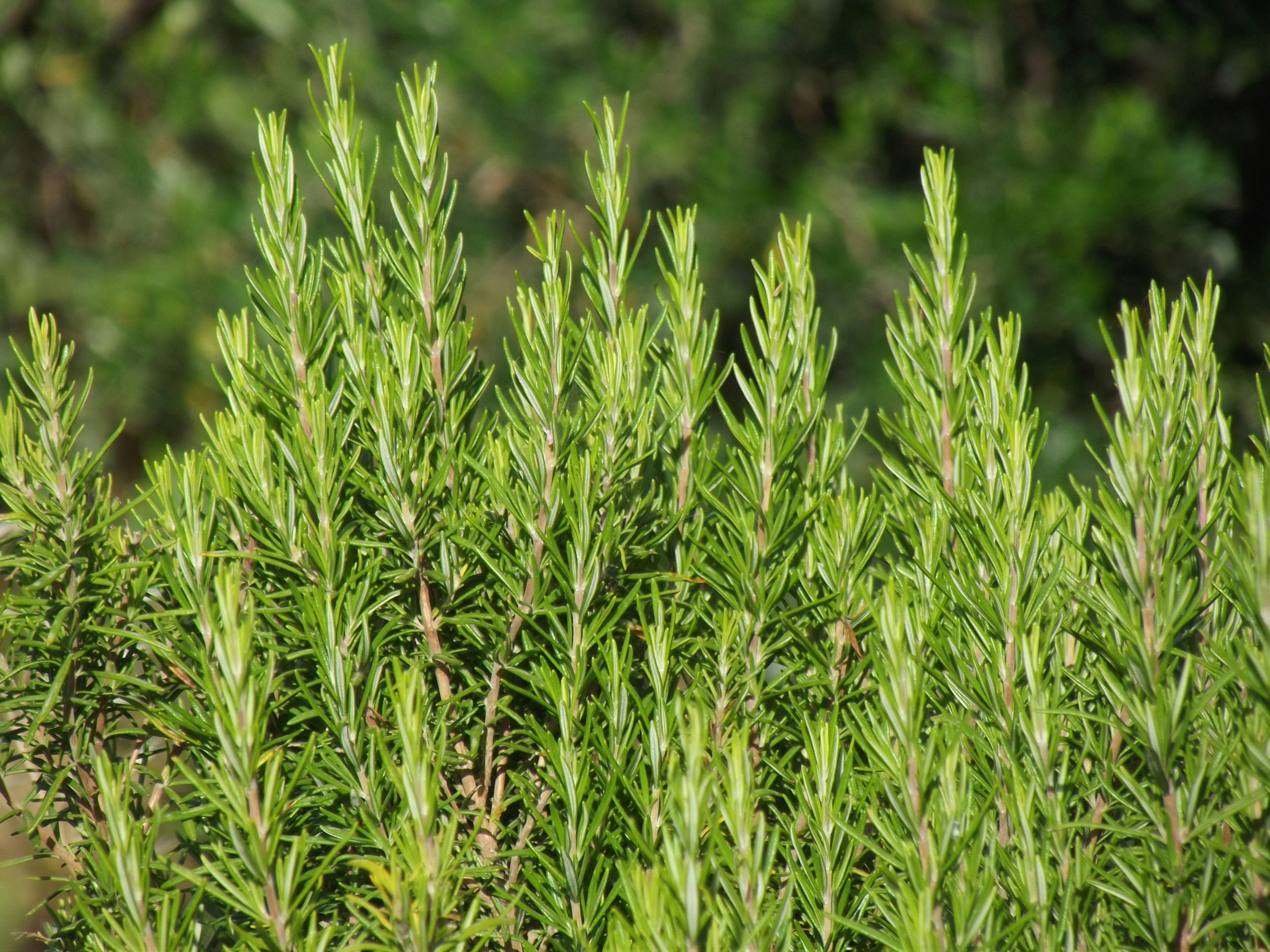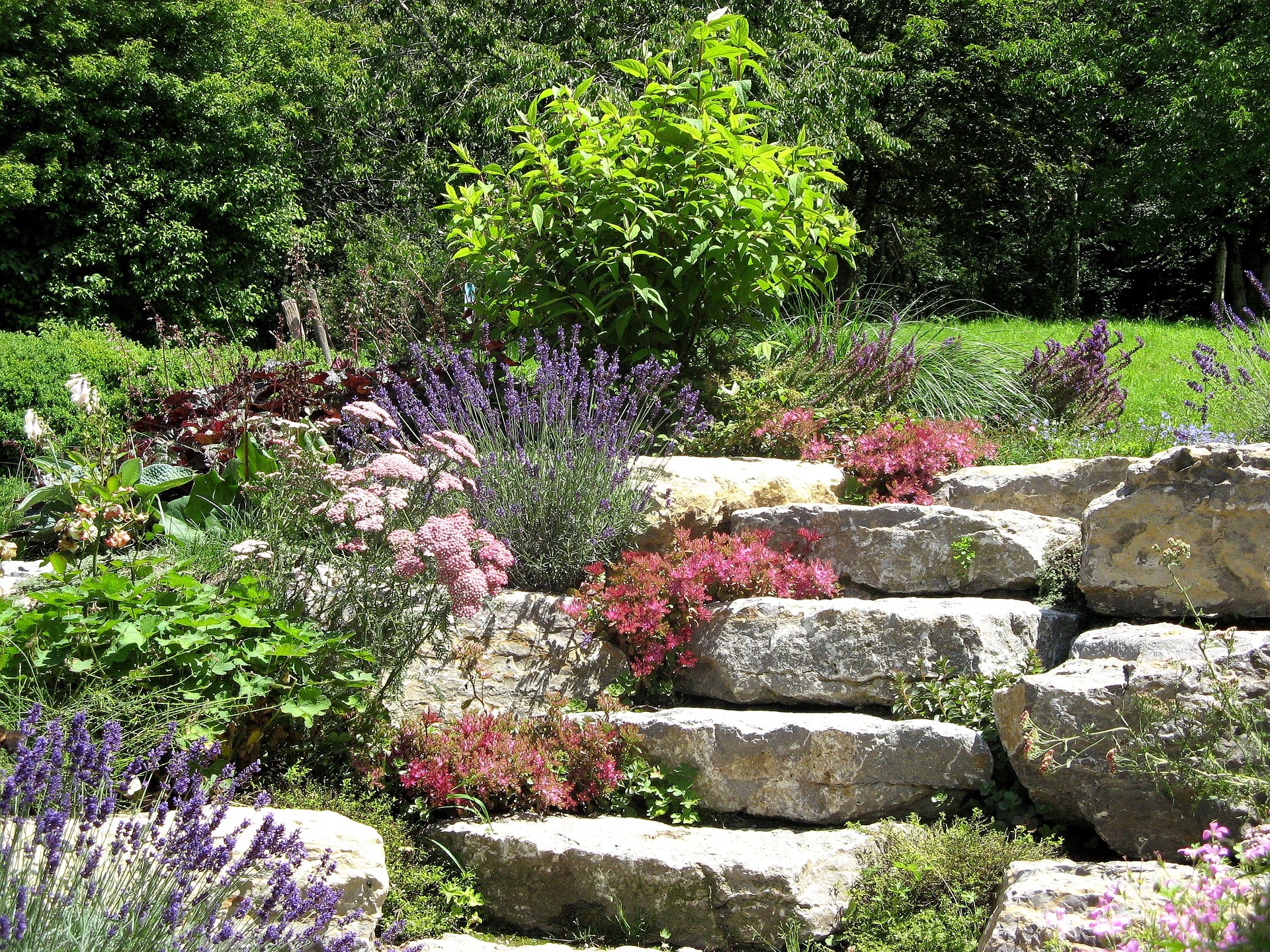Popularly known as “queen of the garden,” roses are cherished for their beautiful, delicate petals that occur in a range of colors and their breathtaking fragrances in variations of fruit, musk, tea and myrrh which make them irresistible not only to humans but also to a variety of species of butterflies, bees and birds.
Roses are popularly used as gifts of love and decor at ceremonies because they make occasions memorable with their radiance and overwhelming fragrance.
Roses are the birth flower of June, the same month in which they bloom best.

Description
Roses are perennial herbaceous shrubs belonging to the rose family Rosaceae and genus Rosa, which comprises about 100 species of plants.
Depending on variety, they grow as climbing, erect, or trailing shrubs with prickled stems.
Rose flowers can be single or double flowered, with single flowers growing wildly with five petals, and double flowered varieties cultivated for ornamental purposes. Flowers vary in size and color, appearing in multiple colors including deep red, yellow, white, orange, pink and maroon. Rose plants produce berry-like fruits called floral cups whose color may be orange or red.
| Scientific name | Rosa spp. |
| Common name | Rose |
| Family | Rosaceae |
| Plant type | Perennial |
| Plant size | 8-50ft tall, depending on variety |
| Soil pH | 6.0-7.0 |
| Light/sun exposure | Full sun |
| Spacing | 2-5 ft depending on variety |
| Time to flowering | 6 to 8 weeks |
| Bloom time | Spring to fall |
| Native area | Asia, Europe, North America, Northeastern Africa |
| Leaf color | Green |
| Flower color | Yellow, white, pink, orange, deep red, maroon |
Common Rose varieties to grow
There are tens of thousands of rose cultivars around the world. Here are some commonly grown varieties;
R.rugosa is an everblooming shrub, hardy and salt resistant. Flowers are white, pink, magenta or yellow.
R.champlain is a hybrid with deep-red flowers and a light fragrance.
Bonica has soft pink double flowers and blooms continuously.
Wife of Bath has pale pink fragrance with strong myrrh fragrance.
Golden celebration has yellow double flowers.
Alchymist produces double apricot flowers.
May queen produces light pink flowers.
Excelsia produces dark-red flowers.
Dorothy Perkins produces rose-pink flowers.
Site selection
Roses thrive in well drained, non-saline soils with pH around 7.0 (neutral pH).
Select an area that receives at least 6 hours of sunlight with proper aeration to reduce the risk of plants getting diseased. The area should also be sheltered from strong winds.
When to plant Roses
The best time to plant roses is in early spring, when all danger of frost is gone. Roses can be planted any time of the year in winter free areas.
Planting young plants
Till the site where you are going to plant your rose plants and add 1–2-inch layer of organic manure or artificial fertilizer to the soil.
Dig holes that are as deep and as wide as the volume occupied by the root zone of your plants.
Place in your plants and cover with soil and then water.
Add a layer of mulch in form of dry straw, dry leaves or other mulching material.
Caring for growing Rose plants
Pinching: In order to allow your rose plant to grow gradually into a bush, do not allow the first shoots to flower. Pinch off the first flower bud while it is still small, and also pinch off all lateral buds to allow the shoots to form branches.
Watering: Roses need constant water supply to grow well, therefore in case there is no rainfall, they should be watered, but care should be taken so that the site is not water-logged.
Fertilizing: Add fertilizer every month to keep soil rich. You can use organic manure or artificial fertilizer labelled “rose food,” and use in quantities as directed on the package.
Mulching: Ensure that rose plants are always mulched to lock moisture within the soil, prevent weed growth and provide additional nutrients to the soil as mulches decay.
Pruning: Necessary to enable new growth that stimulates blooming. Pruning should be done to desired height by cutting down undesirable stems and reducing the height of other stems.
Unpruned plants become tall and unshapely, producing small, low-quality blooms.
Disbudding: In case you desire few, large rose blooms, consider disbudding as part of rose plant maintenance procedures.
For each healthy rose stem, allow only the terminal bud to grow and remove all other lateral buds while they are still small in size. Remove buds depending on the number of blooms that you desire on your plant.
Cutting Roses
Cut roses from their stems and immediately place them in a container having warm water to enhance their water absorption and avoid wilting.

Pests and diseases
Thrips: These are tiny insects usually found within the flowers. They cause browning and distortion of flowers.
Control: Cut old flowers to reduce thrips populations.
Aphids: These suck on juices in roses, they are usually present on buds and terminals.
Control: When present, wash off aphids, apply appropriate insecticides.
Rust: Causes development of small orange pustules on undersides of leaves, they are favored by moist damp weather.
Control: Prune infected rose canes and avoid overhead watering.
Powdery mildew: Commonly affects roses in damp, moist areas. Appears as white to grey powder and coats leaves, stems and buds, causing poor blooming and stunted growth.
Control: Plant roses in a sunny location, provide adequate spacing to allow aeration. Spray using recommended fungicides to control mildew.
Rose leaf curl: Caused by virus which causes leaves to curl and drop from shoots. Virus can cause death of plants.
Control: Destroy infected plants.
Buy all purpose rose spray and spray your rose plants to control pests and diseases.




